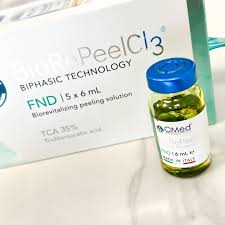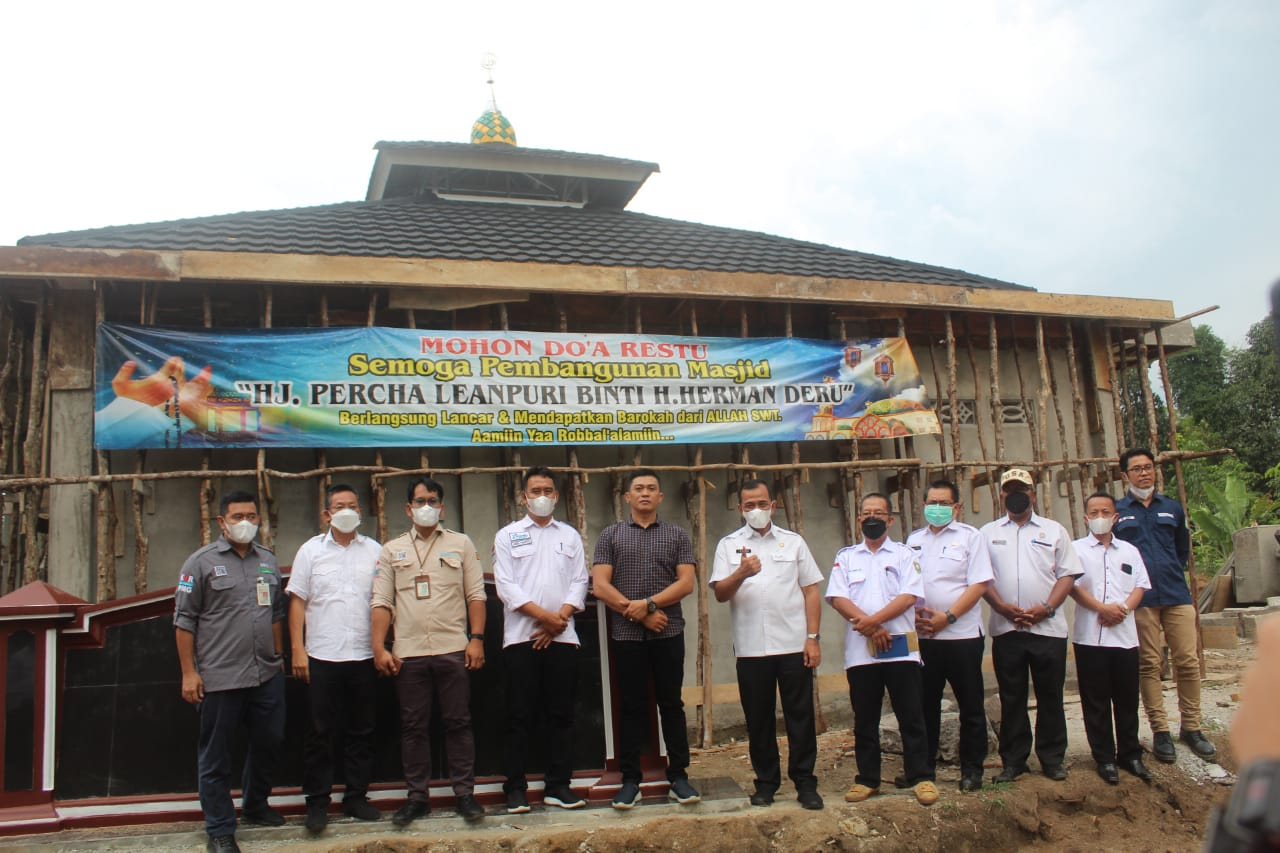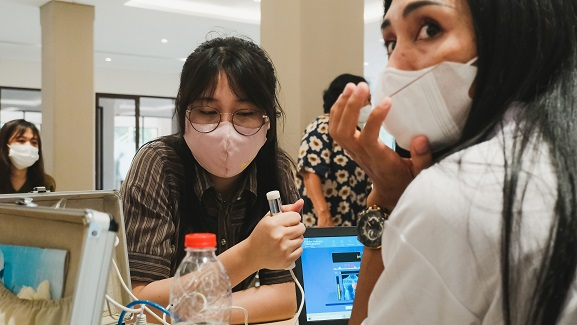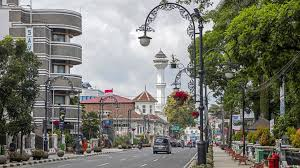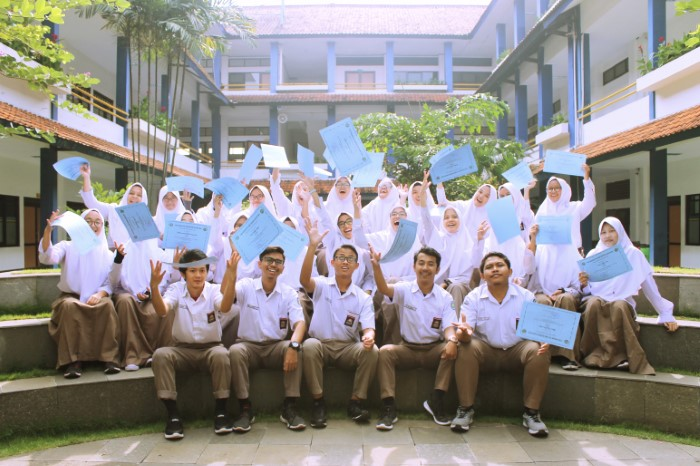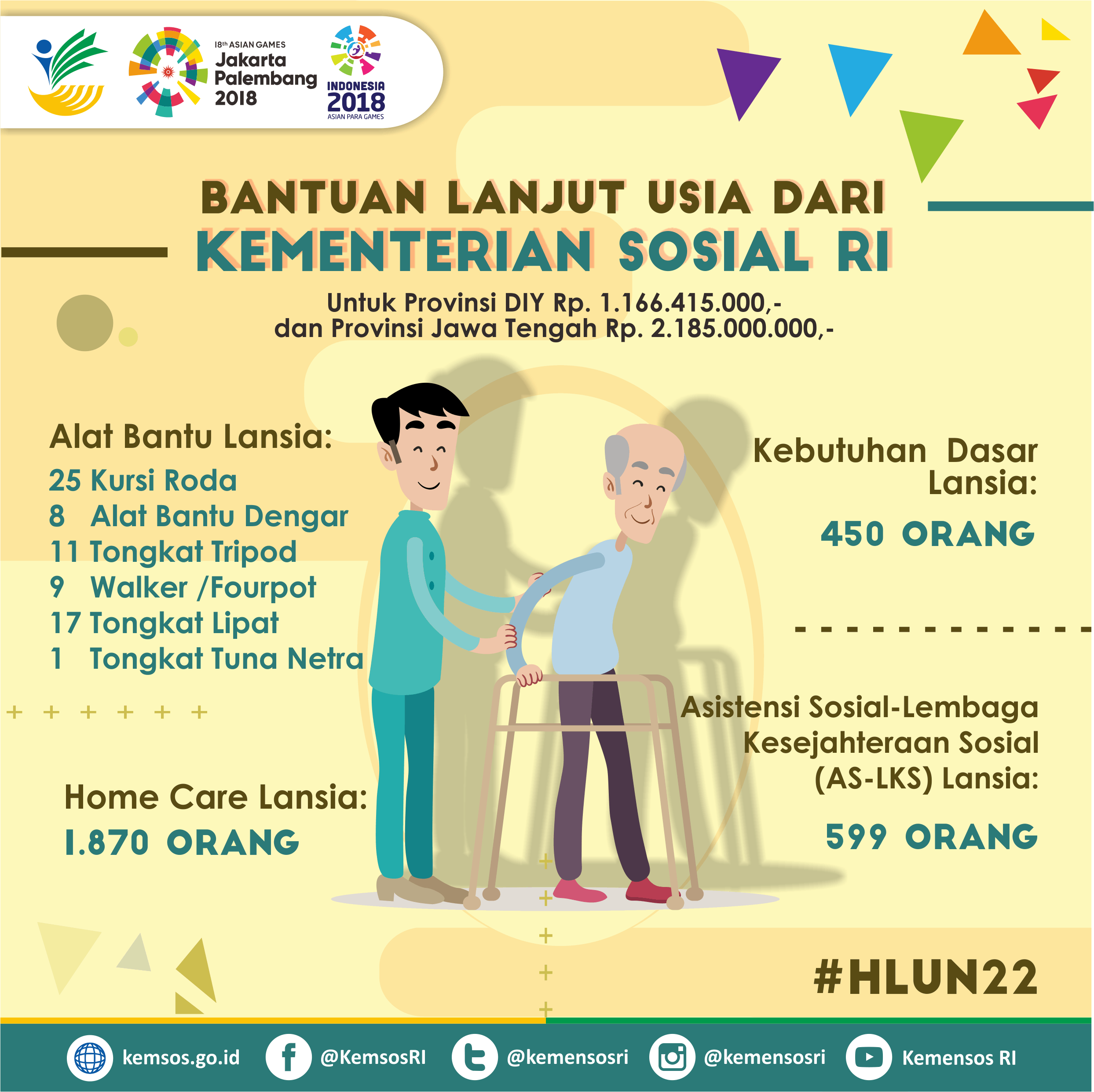
It typically manifests as a noticeably red, bumpy, or bulbous nose or swollen cheeks. However, alcohol may be more likely than those factors to cause outbreaks, with some patients experiencing outbreaks caused by just one alcoholic drink. Fortunately, limiting alcohol consumption due to rosacea can reduce flare-ups. If rhinophyma continues to not respond to medication treatment, surgery will be needed.
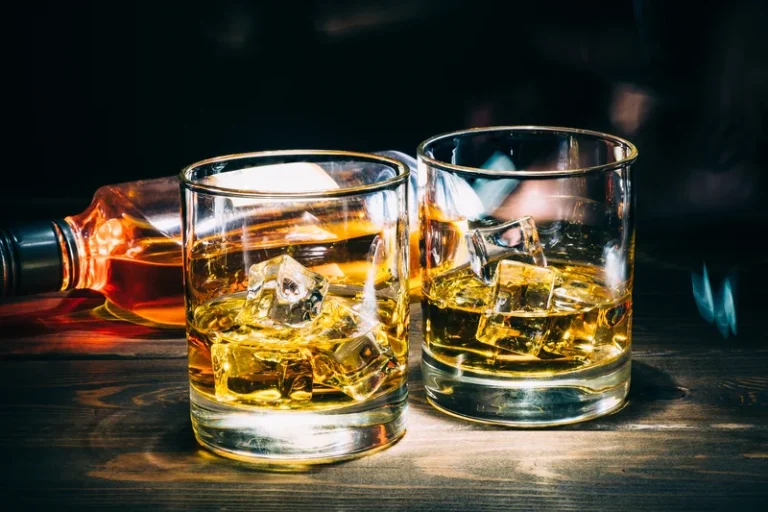
What are the Symptoms of Rhinophyma?
The social stigma related to alcohol abuse and alcoholic nose highlights the social pressures and barriers that still exist for those with substance abuse issues. This common name and years of misinformation from the medical community about the condition prompted a false link between alcohol abuse and alcoholic nose. Many doctors advise patients with rosacea to avoid drinking and cooking with alcohol, especially red wine for women, to avoid aggravating the skin condition.
Alcoholic Nose (Rhinophyma): The Real Cause, and How to Treat It
If preventative techniques don’t work and you develop this skin condition, surgery is the most common method of treatment. Some acne medications may also reduce many of the symptoms of rhinophyma. No, your nose does not get bigger directly from drinking, but alcohol consumption can worsen the symptoms of rosacea and rhinophyma, which can lead to a more pronounced and swollen nose.
Nonsurgical treatments

Simply avoid alcohol, limit how much you drink or avoid certain types of alcoholic beverages. Alcohol might contribute to rosacea and rhinophyma, but the substance doesn’t seem to cause the conditions in the first place. People who have noses that are inflamed, bulbous, and red often have rhinophyma, which might be a form of a condition known as rosacea. Alcohol does not cause rhinophyma, but it can aggravate a rosacea flare-up. Rosacea flare-ups could contribute to continued growth of a bulbous nose.
This is especially true and noticeable for the skin on a person’s face. Rhinophyma is a type of skin disorder that is considered to be a subtype alcohol nose of rosacea. It’s important to note that we do not gain financially or in any other form from referrals to different treatment centers.
- Rosacea is a chronic skin condition and disorder that causes the skin to appear different in texture, pigment, and size than normal skin.
- We specialize in dual diagnosis treatment, meaning we are the best equipped to help individuals who have both substance use disorder and another mental illness.
- People can experience rhinophyma without drinking alcohol or very occasionally drinking it.
Excessive drinking can lead to many problems, including liver disease, and can impact your appearance. However, the term alcoholic nose is not a medically-recognized condition. Rhinophyma exacerbated by heavy drinking can cause the cartilage cells to swell, resulting in a bulbous or “flared” appearance. So while drinking alcohol may not make your nose physically bigger, it can play a role in altering its appearance. People who have this medical condition usually have a red nose that is swollen and bumpy, and which probably looks worse during a period of heavy drinking and chronic alcohol use. So, alcohol may not be the primary cause of “alcoholic nose.” However, it does cause red, inflamed skin and can trigger rosacea and rhinophyma.
- During your time in our inpatient rehab setting, you will learn effective coping strategies to handle life’s daily stressors without using substances.
- In many cases, “alcoholic nose” is used to describe the most severe, end-stage form of rosacea, known as rhinophyma.
The term “alcoholic nose” has an interesting history and an even more interesting scientific explanation. Rhinophyma has historically been referred to as alcoholic nose due to the incorrect belief that alcohol consumption may lead to the condition. That said, alcohol and caffeine can both temporarily dilate blood vessels, which seems to worsen rhinophyma. While alcohol consumption does not cause rosacea, rosacea is an inflammatory skin disease that is affected by alcohol use, causing facial redness, flushing, and visible blood vessels. While “alcoholic nose” is not a medical condition requiring treatment, rhinophyma can be treated. The main treatment option for rhinophyma is surgery; however, there are some medications that may provide a small degree of help.
































